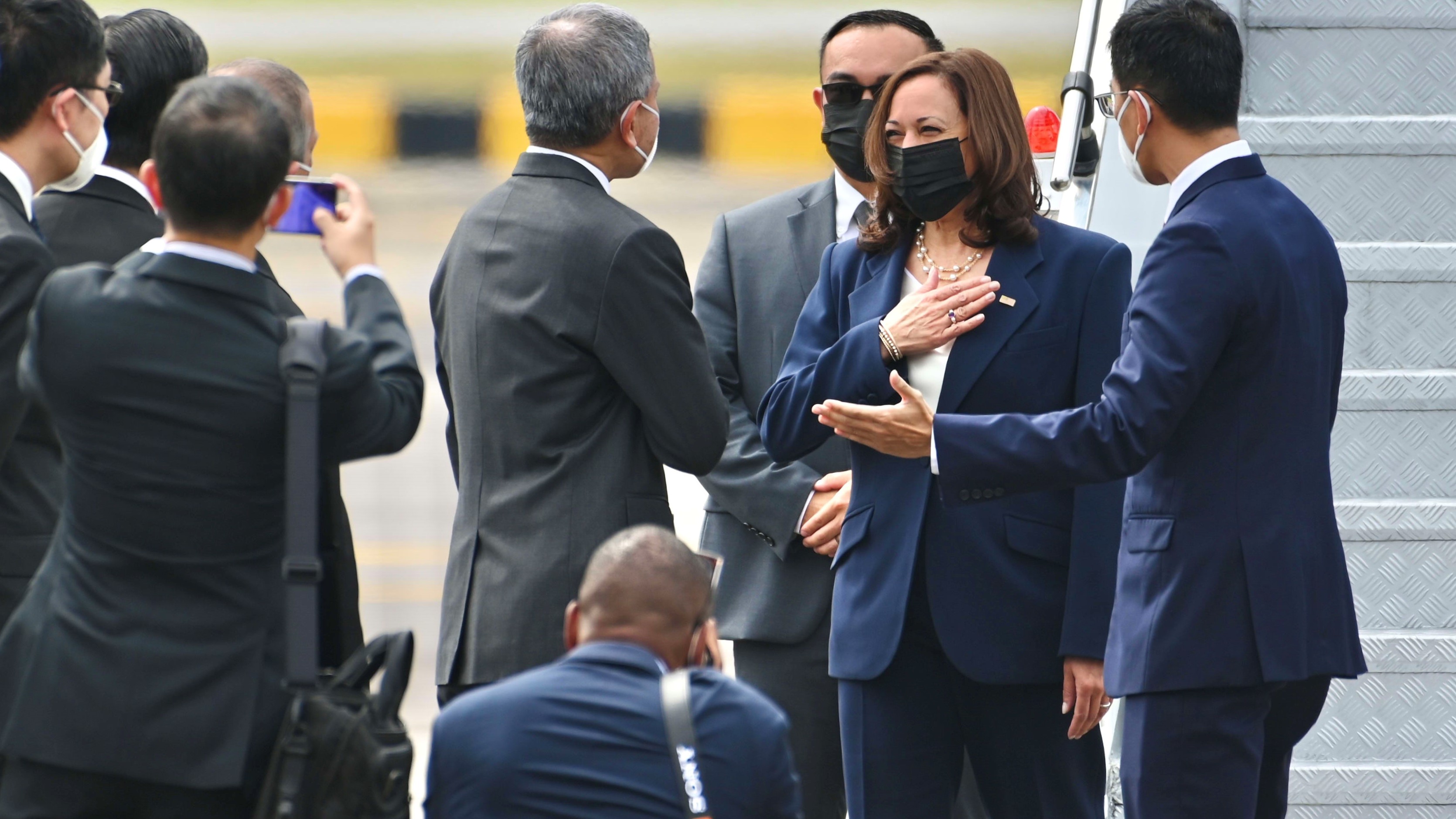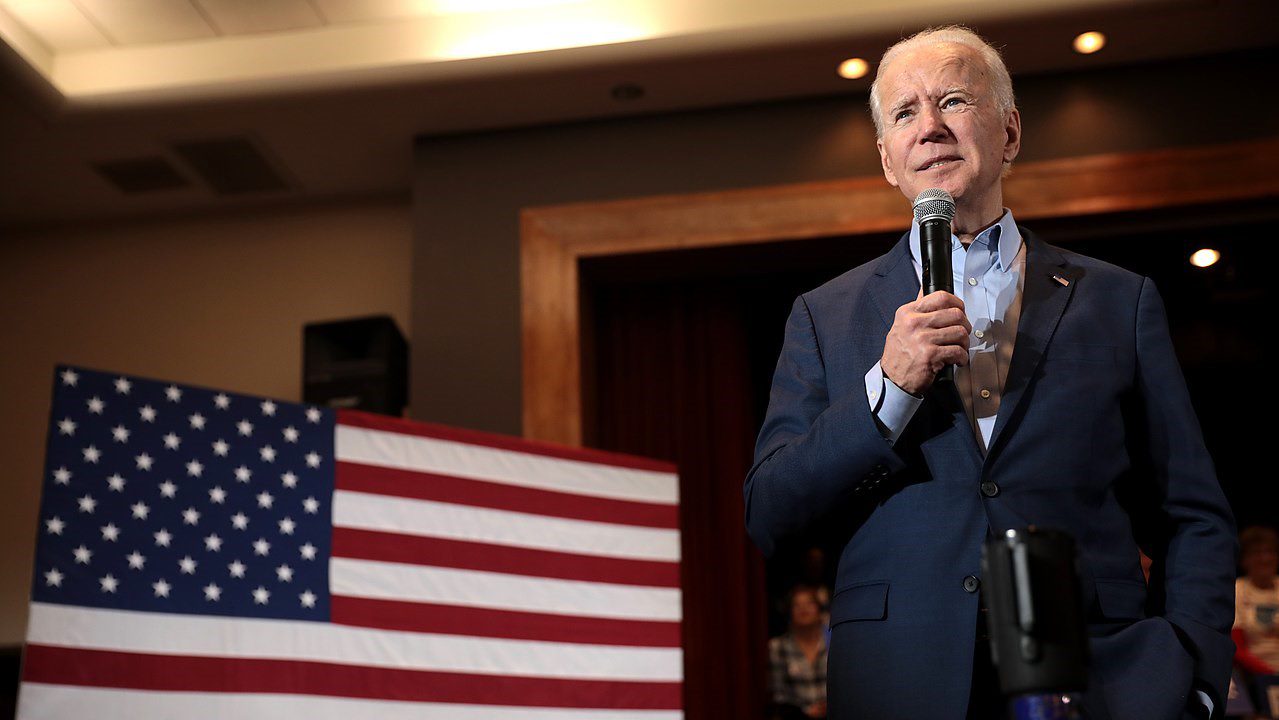The ASEAN region has received a good deal of high-level attention from senior Biden administration officials in recent months. Vice President Kamala Harris is currently on a trip to Singapore and Vietnam. Deputy Secretary of State Wendy Sherman visited Indonesia, Thailand, and Cambodia in late May and early June. Secretary of Defense Lloyd Austin was in Vietnam and the Philippines in July. And Secretary of State Blinken participated virtually in multi-day talks with ASEAN foreign ministers earlier this month.
Today, the US simply has less to offer ASEAN. China long ago displaced the US as the leading trade and investment partner for most countries throughout the broader East Asia region. And Biden’s US worker-centric trade policy, his emphasis on “Buy American”, and desire to relocate supply chains closer to home presents more of a threat than an economic boon for Southeast Asia.
What about the security dimension? From ASEAN’s perspective, the past decade and a half of US policy provides little reason to feel optimistic. Obama’s much-ballyhooed “pivot to Asia” largely fizzled out. The defining philosophy behind Trump’s foreign policy was that only fools support allies and partners. And the Biden administration is currently struggling through a calamitous security pullback in another part of the world that holds far greater strategic value than ASEAN. There is ample reason to question whether the US remains willing to provide the implicit or explicit security guarantees it has in the past.
At the same time, China has taken steps to deepen its engagement. The Regional Comprehensive Economic Partnership (RCEP) is a shallow but broad trade agreement which more closely entwines China with ASEAN, along with Japan, Korea, Australia, and New Zealand. This contrasts with the US decision to pull out of the (then) Trans-Pacific Partnership (TPP). And China’s military capabilities, as well as its willingness to project them forcefully in the region, have also steadily risen.
ASEAN plays its cards well
Correctly or incorrectly, the US and China have come to view ASEAN as an arena in which they must compete for influence. Understanding this, the traditional tactical response employed by most ASEAN members has been to play the two elephants off against each other. The idea is to allow the US and China to compete for influence and favor in the region while maximizing the leverage and benefits that
accrue from the contest. Singapore has elevated this balancing act to an art form, but most ASEAN members practice it to one degree or another.
What could the US do?
A decision to re-enter the Comprehensive and Progressive Agreement for Trans-Pacific Partnership (CPTPP) would certainly get the attention of ASEAN leaders. That is not going to happen, at least not in the first term of a Biden administration. The most important potential trade initiative being mooted is a digital trade agreement for the Indo-Pacific. The anticipated template would be the digital trade chapter of the US-Mexico-Canada Agreement (USMCA). Certain provisions, such as facilitation of digital transactions through the use of electronic authentication and electronic signatures, would likely find favor with most if not all ASEAN members.
Other provisions, which crack down on data localization requirements and ensure free data flows, would be considerably less appealing to many in ASEAN. Indonesia, for instance, is moving towards a more restrictive cyber regime. According to the Information Technology and Innovation Foundation, Indonesia is the second most data restrictive country in the world. The governments of Myanmar and Cambodia are even less enthusiastic about free data flows. Vietnam maintains explicit data localization requirements and Malaysia has indirect and de facto localization requirements in place.
The US’ trade agenda for the region is therefore unlikely to strongly resonate throughout ASEAN. It’s fair to wonder how many will go along for the ride. Singapore can likely be counted in. As evidenced by its participation in the Digital Economy Partnership Agreement (DEPA), the technologically advanced city-state is taking a leadership role in digital trade. But how many others in the region will find it in their interests to buy into the US agenda?
Symbols or substance?
The Biden administration is concerned by the rising influence of China in the region but is either unwilling or unable to meaningfully reassert US relevance. Its policy is instead based on the hope that Zoom sessions, verbal affirmations, and gestures can create the appearance of a relevant, revitalized engagement it has thus far shown no sign of effectuating.
As this unfolds, leaders in ASEAN are likely to be polite and perhaps even hopeful, but few are likely to be convinced. The balancing act will continue, the desire for a more substantial US counterweight will remain, but ASEAN will keep its eye on substance rather than symbols.
© The Hinrich Foundation. See our website Terms and conditions for our copyright and reprint policy. All statements of fact and the views, conclusions and recommendations expressed in this publication are the sole responsibility of the author(s).






